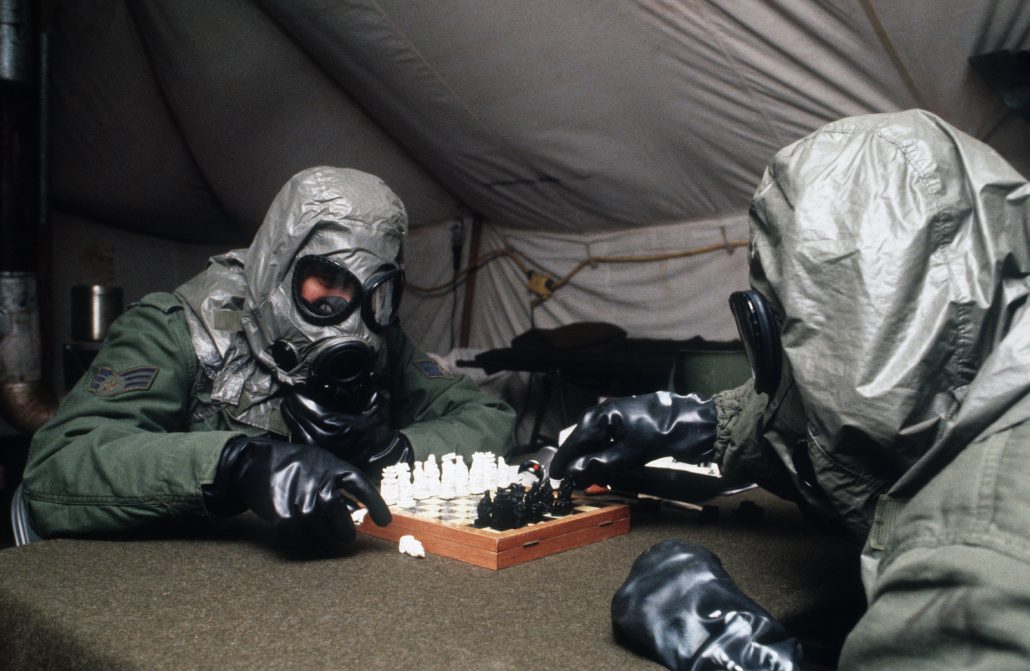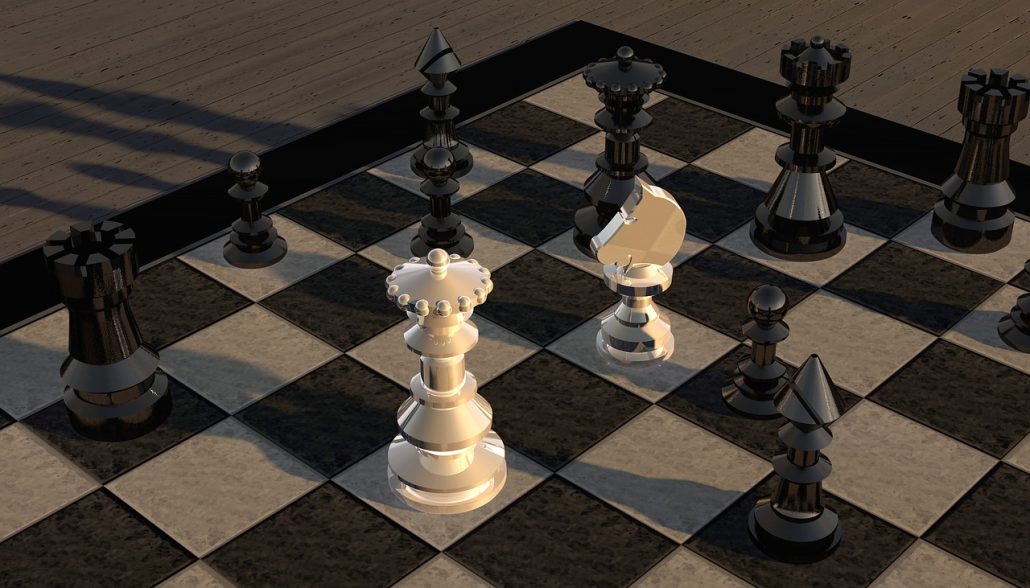Table of Contents
Chess Yugoslav attack
The chess Yugoslav attack is one of the most aggressive and sharp ideas of the Sicilian defense, it appears in the Rauzer variation. It’s characterized for being a pretty tactical and sharp position in which complications arise.
Given its nature (opposite castling), it turns out to be the best option for those who just want blood spilled over the board. Not all of the variations of the Rauzer in the Sicilian need to be that aggressive, but the Yugoslav attack is a good idea.
The chess Yugoslav attack is not the name of the variation itself, this was the name given to the attacking idea in the Rauzer. This attack consists of attacking black’s kingside with all you got, even if you have to sacrifice your pawns.
This is the commonest idea against the Sicilian, but especially in the dragon Sicilian structure. With this kind of structure, there is a clear plan of action to destroy the castle, we will go deeper on that matter now.
If you want to know how to play the Yugoslav attack like a champion keeps reading! Also, if you want to learn how to stop it!
The chess Yugoslav main variations

The chess Yugoslav attack may start after the following theoretical moves:
1 e4 c5 2 Nf3 d6 3 d4 cxd4 4 Nxd4 Nf6 5 Nc3 g6 6 Be3 Bg7 7 Qd2 0-0 8 0-0-0 Nc6 9 Bc4
There are also many move orders with minimal differences, white can play 8 f3 instead of the castle long, and the bishop to c4 can be played earlier. Anyways that bishop will eventually go to b3 for the rook’s attack.
In most of the variations, you will reach the same opening ideas, this opening has some interesting features on it.
If you are a beginner and you want to start playing the Yugoslav attack, I would recommend playing f3. You can also play the Yugoslav attack without f3, but this move assures a solid attacking plan.
Because it makes the center static, which will allow you to attack with almost no effort at all. The plan after this move is to move the pawns forward, with moves like g4-g5 and h4-h5-h6.
This will be combined with different ideas we will go over now, and don’t forget, your opponent exists too!
Ideas for White in the Yugoslav attack

What white should do is to establish solid control over his center by moves like f3, Nde2, and so on. This is done to give a little bit of security in the queenside (where the king should be) while you proceed with the attack.
In most cases, white is virtually faster with the attack, there are many things you need to have present. These motives are typical in this opening:
The exchange of the g7 bishop: Having your battery of queen plus bishop on e3, playing Bh6 to exchange this bishop is crucial. It’s black’s best attacking piece, and a great defender of the castle, it will hurt if you eliminate it.
G4-g5 and h4-h5-h6: These pawns' advances are imperative in the position, this will seriously weaken the king, and you already have a rook on h1. All you need is to blast open the files, the most common way is by sacrificing the h-pawn.
However, you have to look out for the f6 knight, it can block the file completely, and then we have no attack. In case the g-pawns have been wiped out, you can sacrifice after the knight takes Rxh5! To open up the file, straight to the king.
Sacrifice on d5 or e6: One of the best features of the position for white is the powerful bishop on c4 covering the a2-g8 diagonal. This can result very dangerous, and sometimes you could sacrifice on e6 to open the diagonal.
The most natural idea would be 1 Nxe6 fxe6 2 Bxe6+ (having a knight on d4 or f4). But in some positions of the chess Yugoslav attack Nd5! Is also an idea!
Knight maneuvers: There are other ideas, like moving the knight from d4-e2-g3 or f4. This will also provide another tactical pattern, but you have to look for black’s ideas too.
Ideas for Black in the Yugoslav attack

Black also has its own attacking chances and his awesome sacrifices! We will go over some of the ideas for black in the chess Yugoslav variation. However, you can play the defense here instead of the counter-attack, if you stop the white’s attack you will be advantageous in the endgame.
For this, you can ignore your own attacking chances and go for the absolute defense, if you like to play like that, is also feasible. But if you want to gear up and battle here are some ideas:
Rook sacrifice on c3: This is an iconic sacrifice for black in the Sicilian, especially when you play the queen to a5 or b6. Taking the c3 knight will not only take away one of the main center defenders but weaken white’s queenside structure.
There are quick ideas after this, like playing b5-b4 to open the b-file and play the rook there. You can also combine the pressure of your c8 rook with the advance a5-a4-a3, to attack the defender of the c3 knight and an important pawn of the castle.
The exchange of the light-squared bishop: This is a positional-attack factor but it will affect the game immensely. Eliminating white’s light-squared bishop is important, and if you lose your g bishop, is the nearest you can have to equality.
Also, this bishop defends important pawns on the queenside (a2 and c2). Blocks the b-file as well, if you want to attack you must eliminate it. You can do it by playing Nc6-e5-c4.
Playing the white bishop to e6: Exchange Nc6xNd4 and place the bishop on e6 aiming to a2 is a common and dangerous idea. Especially after eliminating white’s light-squared bishop.
You may also like:






